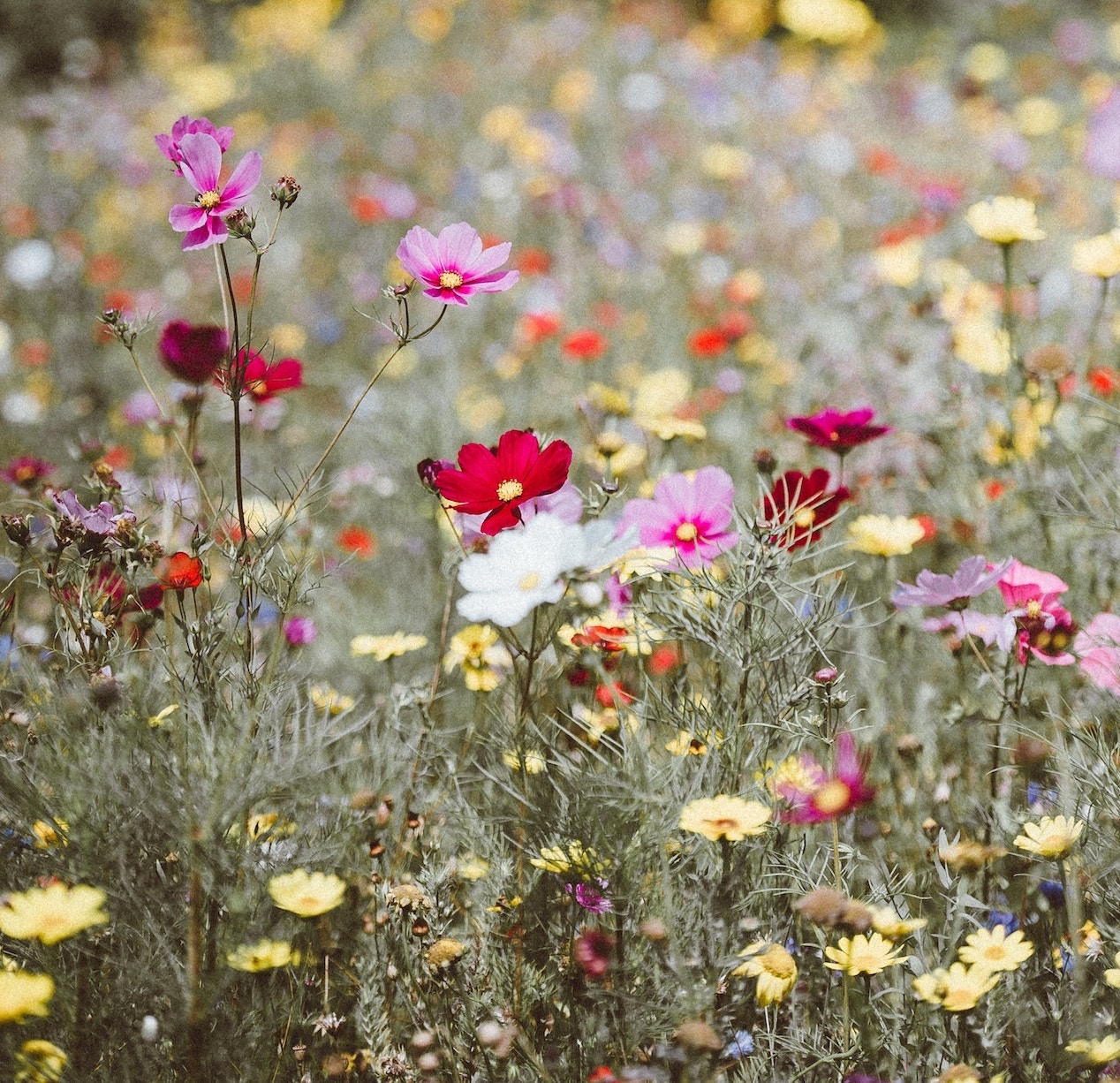
Tending and Moving Woodland Wildflowers
When tending a wildflower garden, it is important to remember that–unlike a vegetable or traditional flower garden–a woodland wildflower garden needs to work completely with nature. Vegetables and flowers are planted in rows in sunny places and can be successful in many different types of soil. Woodland wildflowers require the perfect spot and lots of patience. They are not all quick bloomers, and they bloom at different times during the warm season. It may take a few years for a woodland wildflower garden to look its best.
Wildflowers are named “wild” because they depend on nature to find them the perfect place to grow and flower. When considering relocating wildflowers, it is of the utmost importance to research the wildflower to make sure that the new location is one in which the plant will thrive. It is not recommended to try and transplant woodland wildflowers, but if there is a need such as impending construction that could destroy the plants where they are, it is certainly worth a try to relocate the plants in an attempt to save them.
Identification of the wildflower
The first step is to properly identify the woodland wildflower. This can be done on the Internet or with research books. A local gardening club can also be of assistance. Once you have identified the flower, you should take care of finding the closest replacement location to the original home of the flower. For best results, soil samples and surveillance of sun and shade times should be taken of both the prospective and current locations for comparison.
Best time for transplanting wildflowers
As for most perennials, the best time to move them is in the early spring, after the chance of frost has passed. A problem is that it can be hard to find and identify the root or small plant as the wildflower is in its early stages of growth. You can mark the location of the wildflower while it is still in bloom during the summer but there is still a chance of losing the location over the winter months.
Wildflowers can be moved while in full bloom. Care should be taken to dig up the entire root system. The new location should be prepared in advance. Take care and monitor the plant in its new location to be sure that it is surviving. A second move could be necessary to ensure the woodland wildflower is in its best location.
Cultivating (or saving) a woodland wildflower garden requires as much research and trial and error as any other type of garden. Just because the flowers have the ability to flourish on their own does not mean that they are easy to care for when placed by man instead of nature.
This video will give you more tips about planting and maintaining a wildflowers garden: